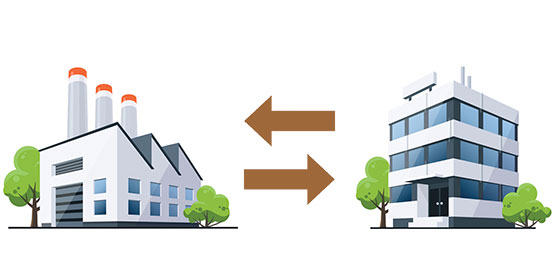You may be eligible for matching contributions from your employer for catch-up payments to 401(k)s and other qualifying retirement savings plans, depending on the rules of your company's plan. However, catch-up payments are not obliged to be matched by the federal government. There are restrictions on how much each employee and company may contribute each year to their 401(k)s and on how much they can contribute each year.
What is Retirement Plan Matching?
Your company may match some or all of your contributions to a qualifying retirement plan. Depending on the conditions of the plan, the employer may contribute a certain sum each year or none at all. Employers often match a proportion of employee contributions to a specified percentage of the overall compensation.
If an employer chooses to match or delay employee contributions, the total amount the employer is obligated to pay is usually based on a computation that restricts the amount. A company may, for instance, match 50% of an employee's contributions up to 6% of their yearly salary.
Catch-Up Contribution Matching: A Practical Guide

The Internal Revenue Service (IRS) encourages persons nearing retirement to increase their retirement savings by allowing participants aged 50 and older to make yearly catch-up payments. There is a catch-up contribution limit of $6,500 per year in 401(k) plans for the next two years (2021 and 2022). On the other hand, cash payments may only be made by employees who have fully used their standard salary-deferral benefits.
Contribution Restrictions
401(k) participants can contribute a maximum of $19,500 in 2021 and $20,500 in 2022, respectively. To be eligible for a match from their company, an employee's catch-up contribution must reach the maximum amount allowed. As of 2021 and 2022, the maximum contribution limit for any employer match is $38,500 per year for 2021 and $40,500 per year for 2022, respectively.
As a consequence, in 2021 you can contribute up to $58,000 to your 401(k) plan, and in 2022 you can contribute up to $61,000. 3 This implies that, while it is not common, your employer may be able to contribute to your 401(k) at a higher rate than you.
Catch-up Contribution

Workers over 50 will be able to contribute $6,500 more for 2021 and 2022, for a total employee contribution of $25,000. If you're aged 50 or older, you'll be able to contribute $64,500 to your IRA in 2021 and $66,500 in 2022.
However, the total amount of employer money that can be donated is still subject to the matching criteria stated by your plan if your plan provides for employer matching of catch-up payments. That is to say, and the employer may impose a cash limit or cap on the total amount they will give in matching and supplementary contributions.
The Advantages of Catch-Up Payments
See how generous the catch-up contribution maximum is across various plan types? Take advantage of catch-up contributions with our 401(k) calculator and discover how much money you may save in the long run. Let's imagine you turned 50 this year and have already depleted your 401(k) contributions for the year.
Your catch-up donation isn't being utilized, though. According to some financial gurus, if your 401(k) assets earn a 7% yearly return, your account will increase to $20,865 at the end of the year. However, it would rise to $27,820 if you included the catch-up payment. Nothing else has to be done until you reach 66 to accumulate a balance of more than $82,000 if your investments grow at a 7% annual rate.
How to Make Late Payments
You'll need to contact your plan administrator or log in to your online account to begin making these additional contributions. It's up to you how much you want to donate, and you may modify it anytime. Before the end of the year, 401(k) plan participants must make catch-up payments. In comparison, you can make catch-up IRA contributions up to the pertinent tax return filing deadline. This is a normal middle-of-April date.
Catch-Up Contribution Matching Example
For the sake of argument, let's suppose that an employee over 50 makes $50,000 every year. There is a maximum annual contribution of $3,000 from the employer, with a 50 percent match granted. To be eligible for a catch-up contribution, the employee must put in at least $19,500. In this scenario, the company will match the employee's $19,500 contribution to $9,750.
Instead of a $3,000 maximum match, let's imagine the business offered a substantial matching program and paid up to the $38,500 company limit for 2021. It would have been matched since the company's total contributions for 2021 would be $26,000, and the total match for the year would be $13,000.



